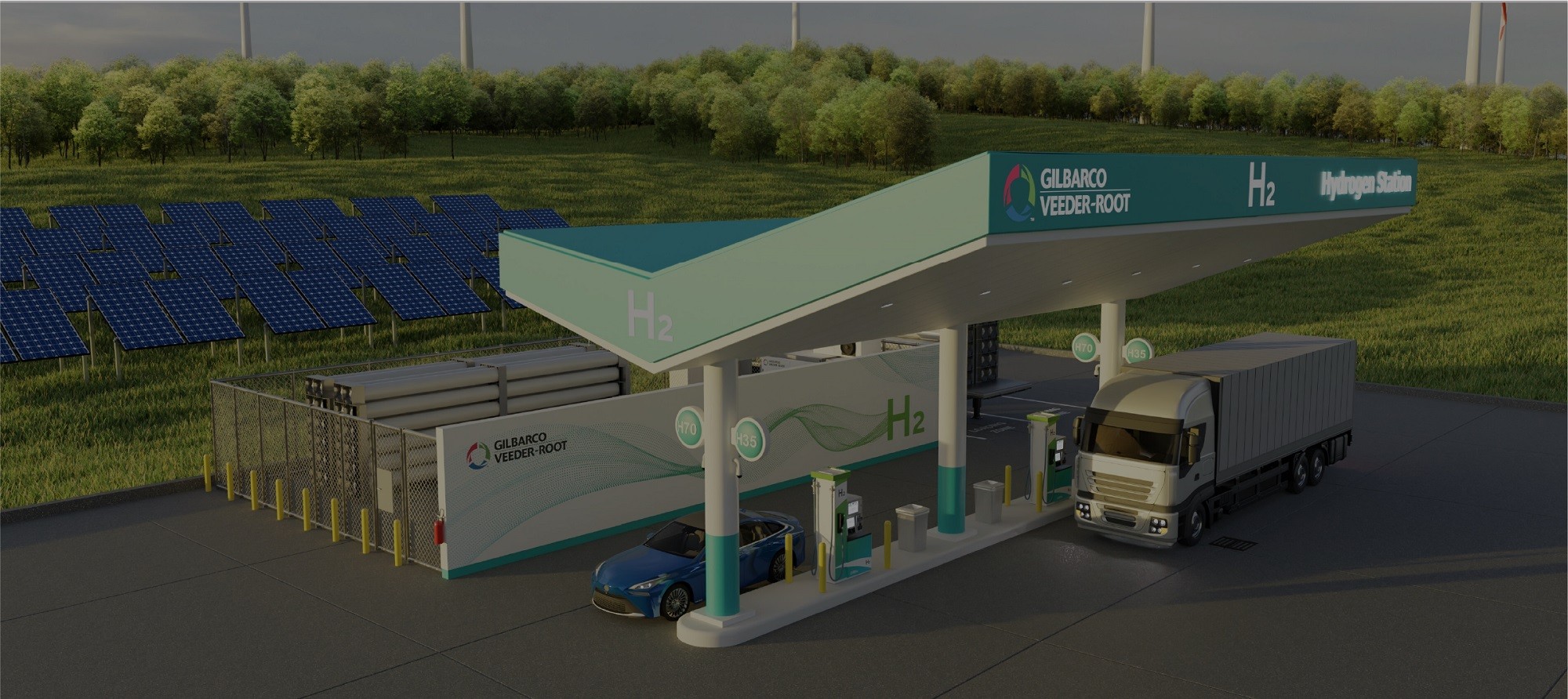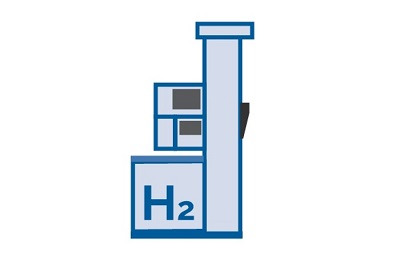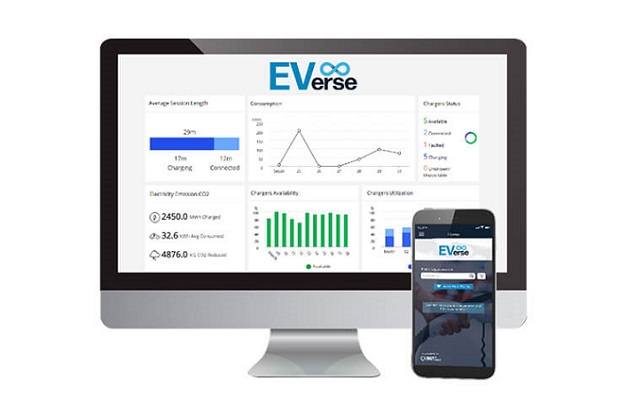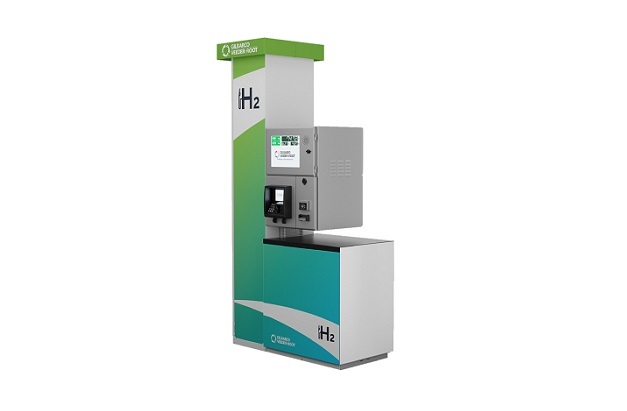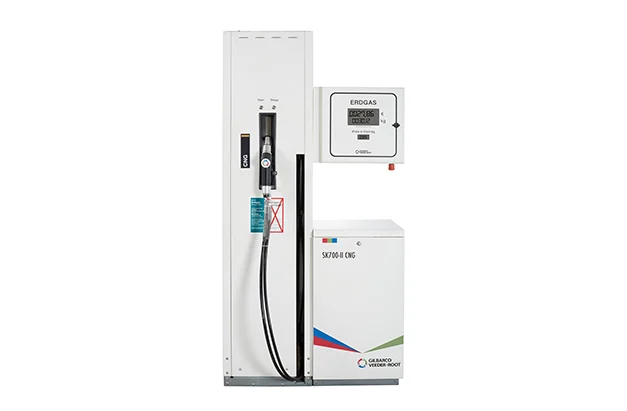Your Station. Your Way.
Our complete Hydrogen Refuelling Station (HRS) is a specially designed system comprising all the technology needed to refuel hydrogen powered vehicles.
Full Site Solutions
 Site Automation
Site Automation
 Site Remote Management
Site Remote Management
 Logistics Management
Logistics Management
 Energy Management
Energy Management
 HydrogenSupply
HydrogenSupply (Via 3rd Party)
 Compression
Compression
 Gas Management Panel
Gas Management Panel
 Site Storage
Site Storage
 Dispensing
Dispensing
State-of-the-art solutions to meet your zero emissions goals
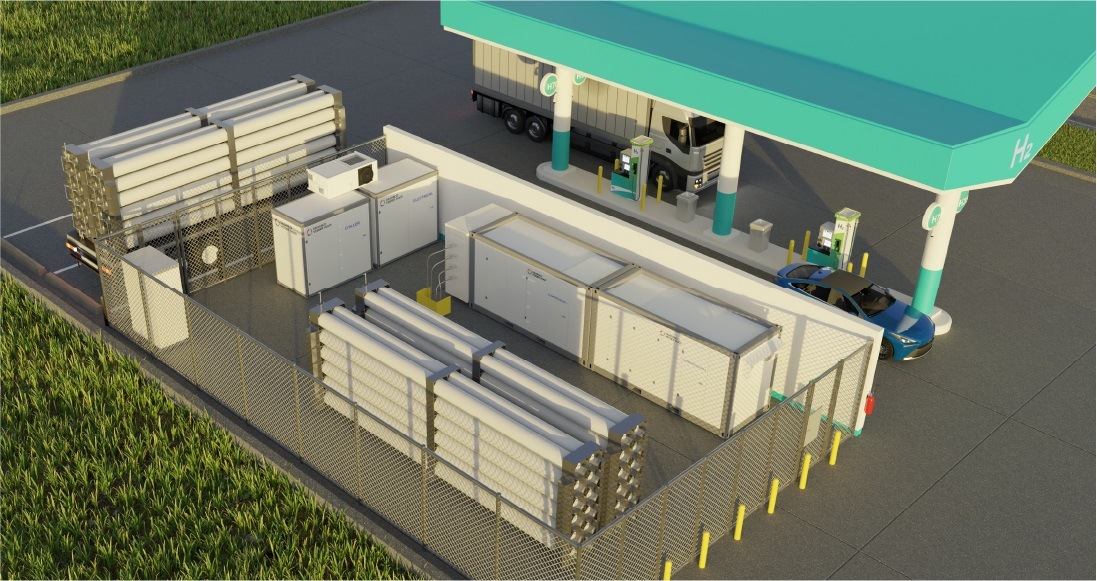
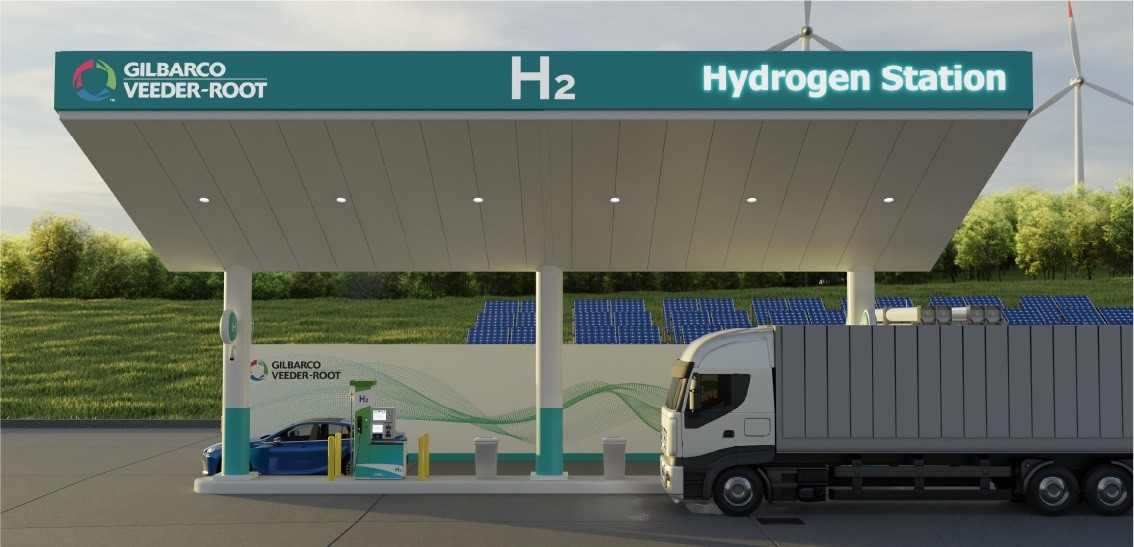
Your partner for the journey
Expertise and proven reliability
from over 190 years’ combined experience in retail and alternative fueling.
High serviceability and uptime
backed by our extensive service & maintenance network.
Consultative approach
We work with you to design your station to meet your current and future needs.
Ready to join the H2 Revolution?
System Layout
Our full station solution includes everything needed to process and dispense hydrogen after it is produced or delivered to site.
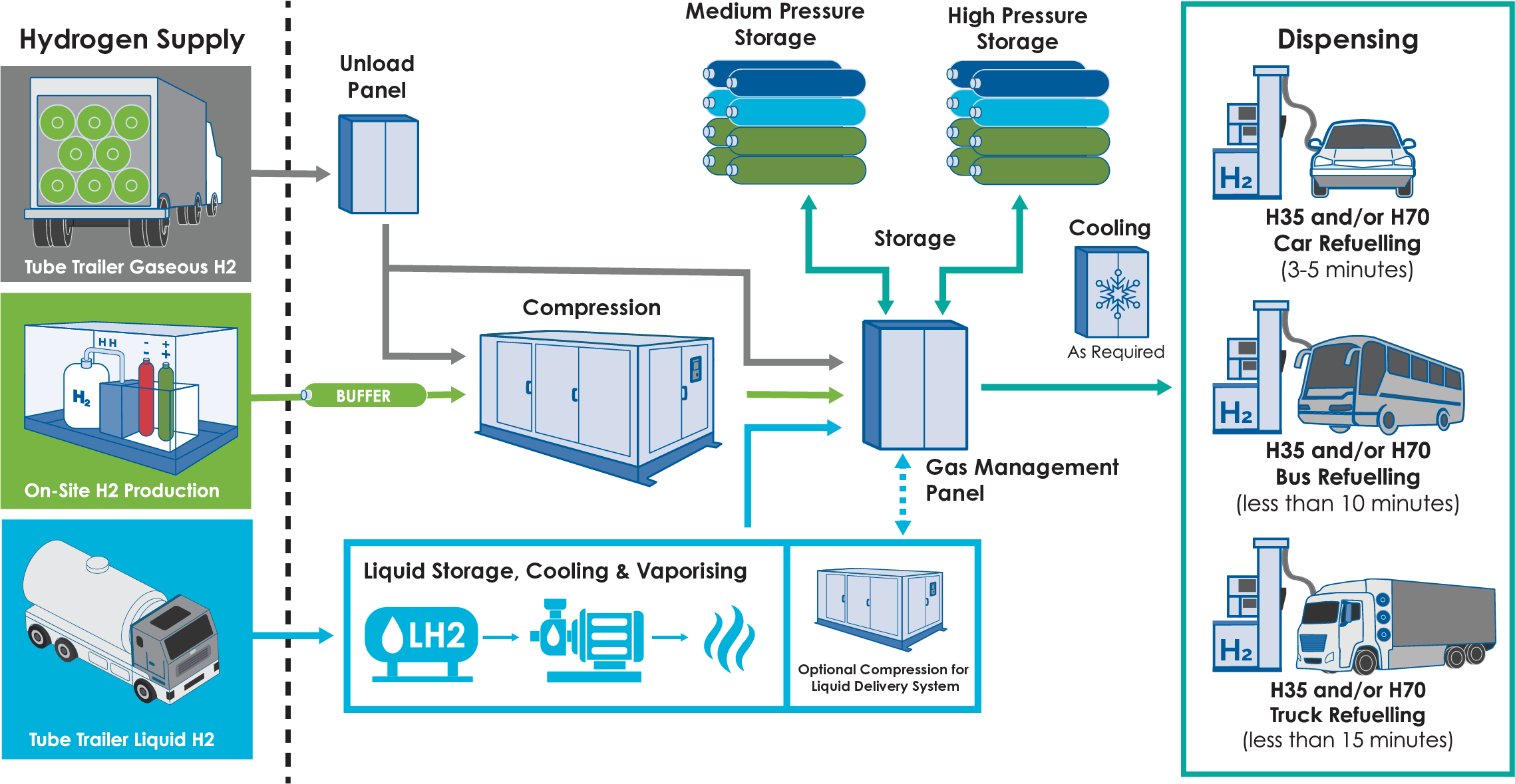
System Components
Our hydrogen station system components are designed to be extremely modular and ready to scale with your business over time. All station components are connected to the cloud via a central site controller for remote monitoring and maintenance.
Ready to join the H2 Revolution?
Frequently Asked Questions
The below are a selection of our most commonly asked questions.
For more topics please visit our full FAQs page (link) or contact our hydrogen refueling specialists.
Hydrogen is not more or less safe than other fuels, it’s just different. Hydrogen vehicles and fueling stations must be designed around the unique properties of hydrogen with multiple safety features to prevent leaks and ensure safe usage. These include breakaway coupling, internal leak detection, emergency shut down button, connection to the site ESD system, tilt switch, CAT 4 PED relief valve
Hydrogen is dispensed as a pressurized gas, and the numbers (H70, H35) refer to the pressure at which hydrogen is dispensed. The H70 designation indicates a dispensing pressure of 70 Megapascals (MPa) (700 Bar) or approximately 10,000 psi. H35 indicates a dispensing pressure of 35 MPa (350 Bar) or approximately 5,000 psi.
Today’s hydrogen fuel cell electric passenger cars have H70 fueling systems, and can be fueled with either nozzle, H70 or H35, the difference being, H35 will result in a partial fill, due to the lower pressure.
Buses have fuel systems rated to 35MPa and only use an H35 nozzle. At the moment, medium- and heavy-duty trucks utilize both pressures, but many stakeholders expect that H70 – and perhaps H50 (50MPa or approximately 7,250 psi) – will be the likely pressures utilized in the near future.
The station is designed with modularity and scalability in mind. For example, all devices communicate over an ethernet connection to the local network, making it easy to set up communications with new equipment. Motor starter panels are also designed to be modular, requiring one per compressor. Finally, most major hydrogen station equipment includes a PLC or embedded system that includes the logic to run the device. Therefore, adding an additional equipment requires minimal changes to the existing infrastructure. This provides us with the ability to scale the site as demand increases.
The process is a familiar experience and not much different than filling up a car with gasoline. Our hydrogen dispensers are based on the North American Encore 700 and European SK700 with many of the same user interfaces and in terms of look and functionality. The dispensers include multimedia content to instruct user through the fueling process.
Hydrogen cars can be refuelled in 3-5 minutes, busses can be refueled in 10 minutes and trucks can be refuelled in 10-15 minutes




